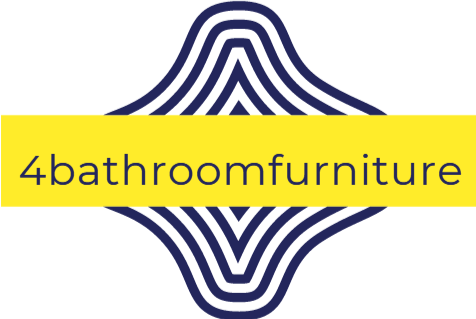Introduction
The concept of double-headed light refers to a lighting fixture that has two lamps or light sources attached at opposite ends of the fixture. This type of light is typically used when a single light source is not sufficient to provide adequate illumination over a large area or space. In this article, we will explore the features and advantages of double-headed lights.
Features of Double-headed Lights
Double-headed lights are designed to provide high-intensity lighting over a wide area or in multiple directions simultaneously. The most common types of double-headed lights are floodlights, spotlights, and desk lamps. The key features of double-headed lights include:
- Two light sources
- Flexible angle adjustment
- Variable intensity control
- Energy-efficient LED technology
- Durable construction and materials
- Easy installation and maintenance
Two Light Sources
One of the most significant advantages of double-headed lights is the presence of two light sources. This feature allows for the double-headed light to illuminate two different directions, which can significantly increase the coverage area of the light. In addition, since two lights are used, this reduces the need for multiple lights, which can help cut down on costs.
Flexible Angle Adjustment
Double-headed lights provide great flexibility when it comes to adjusting the angle and direction of the light. This means that users can adjust the light to shine in any direction that they want, which is useful when different areas need lighting. Additionally, many double-headed lights come with jointed arms that can be rotated up to 360 degrees, which makes it even easier to adjust and aim the light precisely.
Variable Intensity Control
Another significant benefit of double-headed lights is their variable intensity control. This allows the user to adjust the brightness of the light according to their preference or specific lighting requirements. High-intensity lighting can be used to illuminate larger areas, while lower intensity lighting can be used to create a more subdued atmosphere.
Energy-efficient LED Technology
Most double-headed lights use LED technology, which is highly efficient and energy-saving. This technology allows for the lights to consume less energy than conventional light sources and also lasts longer. In fact, LED lights can last up to 20 times longer than conventional lights, making them an excellent investment for long-term use.
Durable Construction and Materials
Since double-headed lights are often used in harsh environments, they are designed for durability and resilience. The materials used in their construction vary from corrosion-resistant metals to high-grade plastics, which make them resistant to damage and weather conditions.
Easy Installation and Maintenance
Finally, double-headed lights are incredibly easy to install and maintain. They can be mounted on walls, poles, or tables, which makes them versatile and adaptable to any environment. Additionally, their simple design and structure make them easy to maintain and replace when necessary.
More Posts
Revolutionizing Lighting: The Modern Mobile Chandelier
The Rise of Modern Mobile Chandeliers The traditional chandelier has long been a symbol of elegance and sophistication, but in...
Cane Lighting Pendant: The Perfect Blend of Natural Material and Modern Design
Cane lighting pendants are becoming increasingly popular due to their unique blend of natural materials and modern design. Whether you...
The Enigmatic Allure of Lustre Negre: Exploring the Dark Mysteries of this Fine Wine
Lustre Negre is a mysterious and captivating fine wine that has been intriguing wine enthusiasts for years. This dark and...
The Radiant Elegance of Quartz: Illuminating Your Space with the Quartz Table Lamp
The Quartz Table Lamp is a beautiful and versatile lighting fixture that can illuminate any room with its radiant glow....
Revamp Your Space with Sleek and Stylish Modern Pendant Lamps
Are you tired of the same old boring lighting fixtures in your home or office? Do you want to add...
Vibrant Glow: The Beauty of Coloured Hanging Lights
Coloured hanging lights are a beautiful addition to any space. They bring a unique and eye-catching element to a room,...
